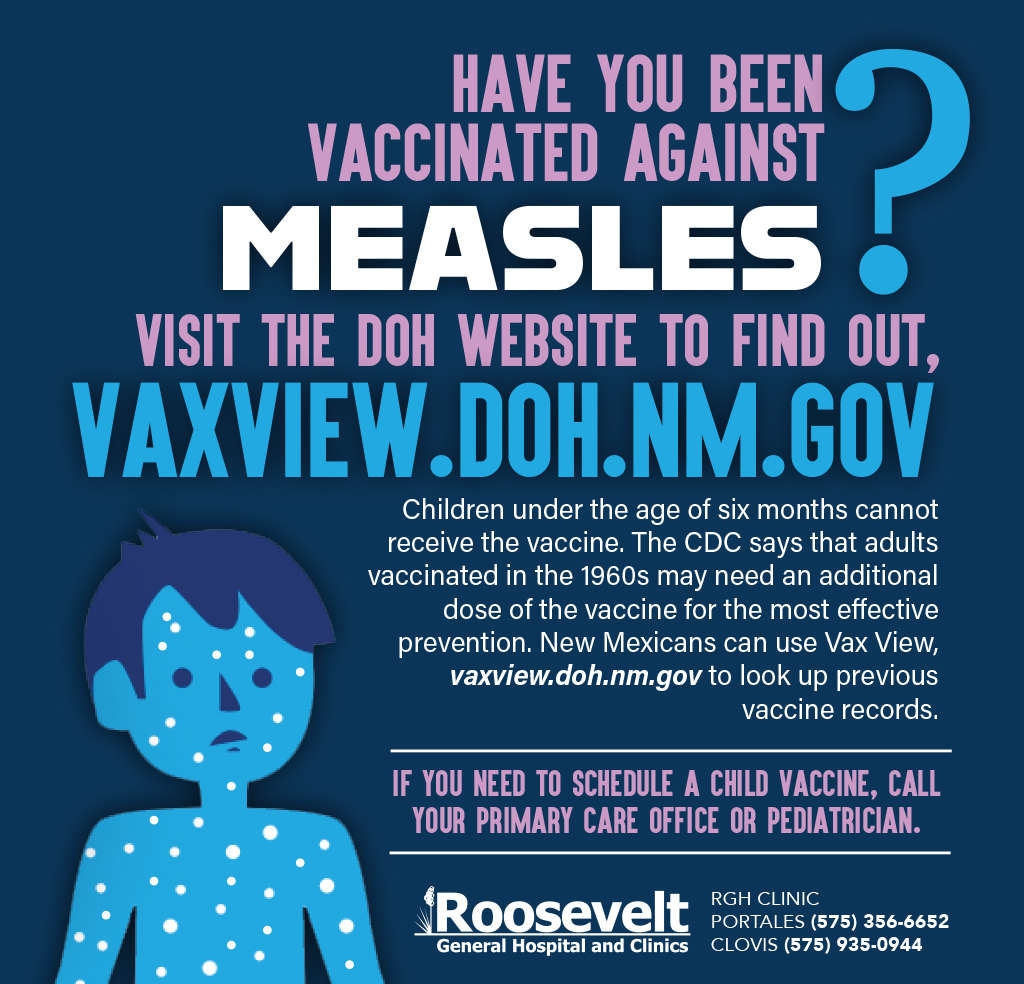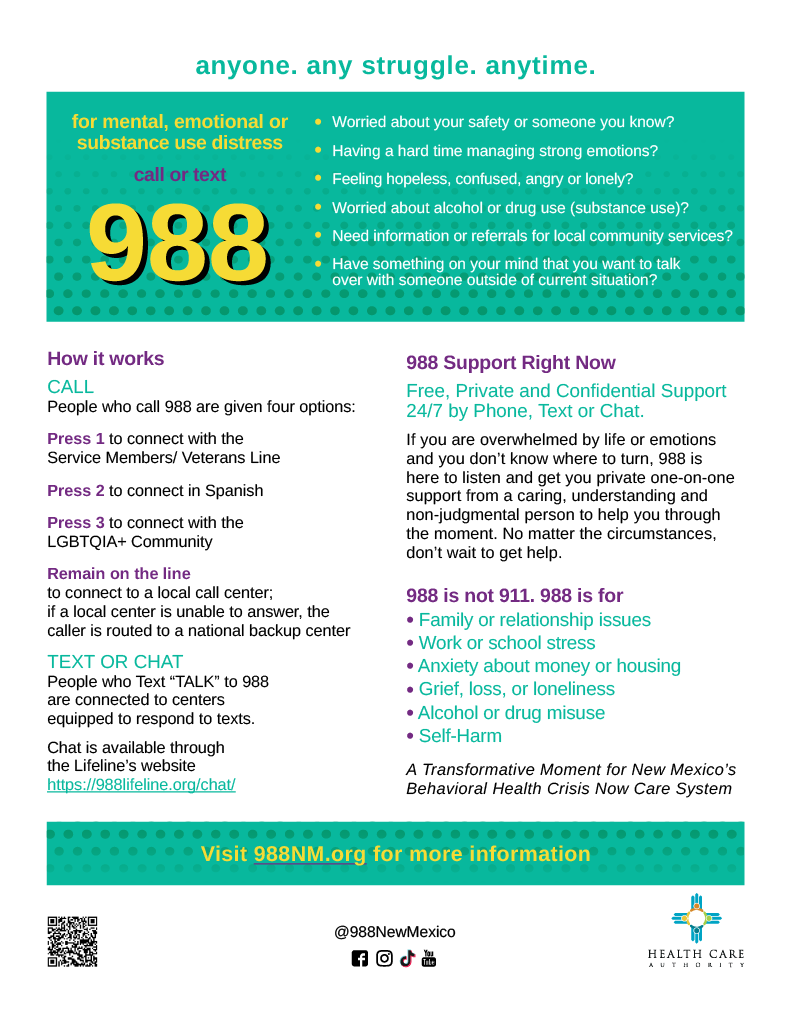When New Mexico’s rural hospitals called for help, our entire state came together – hospitals statewide, the Governor’s Office, the NM Health Care Authority and legislators from both sides of the aisle – to pass the 2024 Health Care Delivery and Access Act (HDAA).
New Mexico is at a pivotal moment as we struggle to address healthcare challenges facing our hardworking families especially when it comes to access to healthcare. Almost half of our residents are enrolled in Medicaid and, frankly, the Medicaid reimbursement rates to pay our doctors, nurses, and hospitals simply do not cover the costs of care. When costs aren’t covered, our entire system faces tough decisions about cuts and closures, is hamstrung when it comes to recruiting and retaining doctors and nurses, and people don’t get the care they need.
HDAA will help fix that for hospitals. The state law will assess a tax on hospitals—a larger tax on big hospitals—pool it, leverage those funds for a federal Medicaid match, then bring– about $1.5 billion in total funding – back to New Mexico to provide sustainable reimbursement to our state’s hospitals. Rural hospitals pay only 19% of the assessment and receive over 40% of the new funding.
There are a lot of good reasons why rural and urban hospitals unanimously championed and still support this law with the overwhelming, statewide support of our legislators. It’s designed with access to care at its core.
- HDAA is an equity based, statewide solution that will improve healthcare access and quality for all New Mexicans.
- Larger hospitals pay more than smaller and rural hospitals. This redistributes funding for the good of all patients.
- HDAA does not rely on state funds or New Mexico taxpayers.
- To receive full funding, hospitals must demonstrate clinical quality results.
- Hospitals must spend at least three-quarters of net new HDAA funds in New Mexico to support local communities and jobs.
- With better funded hospitals we can bring in more doctors and nurses and better support those we have.
For example, Gallup’s Rehoboth McKinley Christian Hospital, could receive up to $18 million in disbursements after paying only $1.9 million in tax assessments depending on how the hospital performs on tracked quality measures. Truth or Consequences’ Sierra Vista Hospital could receive up to $11 million after paying only $923 thousand in tax assessments and Portales’ Roosevelt General Hospital $10.3 million with an assessment tax of only $1.15 million, depending on quality measure performance.
This new funding does not backfill the amount underpaid for many years, but it does place rural hospitals on surer financial footing moving forward. New Mexico’s rural hospitals plan to use these funds to improve access to care. Examples include supporting OB/Women’s Health Services, creating a new employee retirement benefit, investing in new technology like 3-D mammography and prevention body scanners, hiring physician specialists like psychiatrists, cardiologists and gastroenterologists and support staff, expanding surgical capacity, and building space for outpatient mental health and substance use treatment services, physical therapy and community wellness centers.
While you may have heard a new take, that HDAA will not benefit rural hospitals, that is not correct. The law is a good law and will have a positive impact on access to care across New Mexico. It is a significant benefit to patients and families in the rural and frontier areas of our state.
Program implementation is being worked on while we await federal approval. We look forward to realizing this equitable solution. We know HDAA will improve and enhance access to quality care for our patients.
New Mexico’s Rural Hospitals
Other
New Mexico Rural Hospitals: New Mexico’s 25 rural hospitals and their teams of community-based clinicians and workers serve New Mexicans across the state providing emergency and other necessary services, and many times may be the only point of contact for access to healthcare for rural NM communities.






































